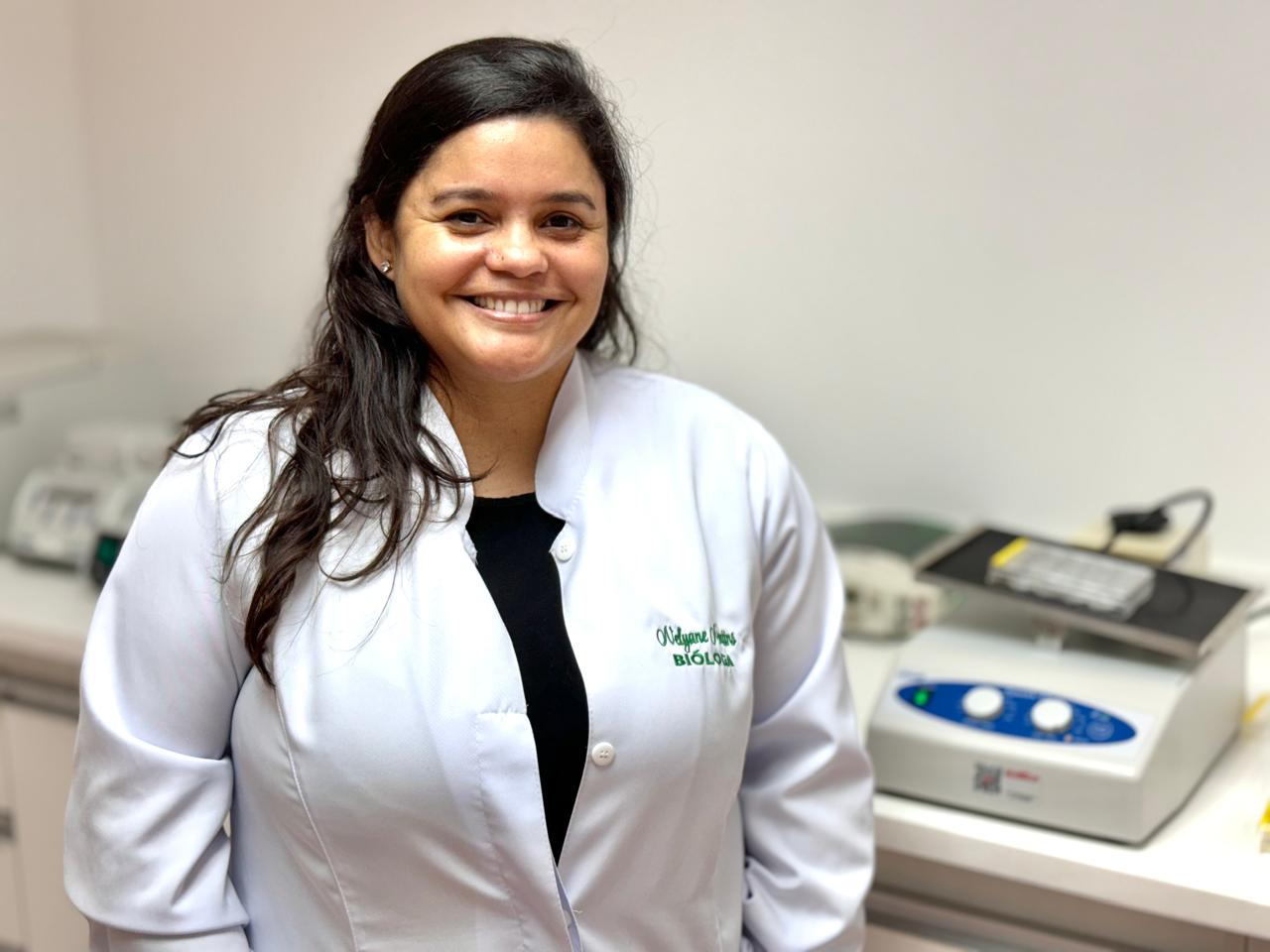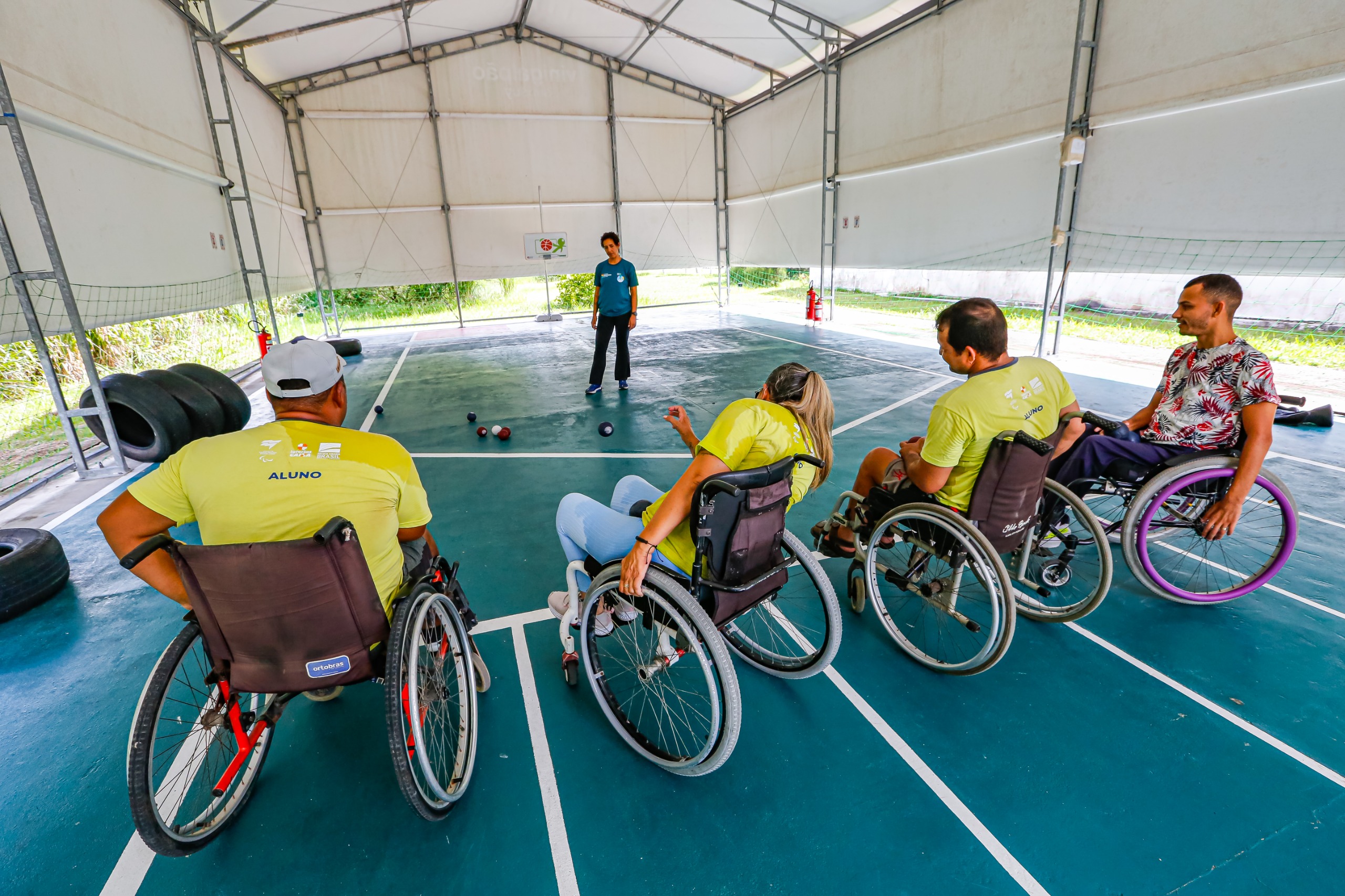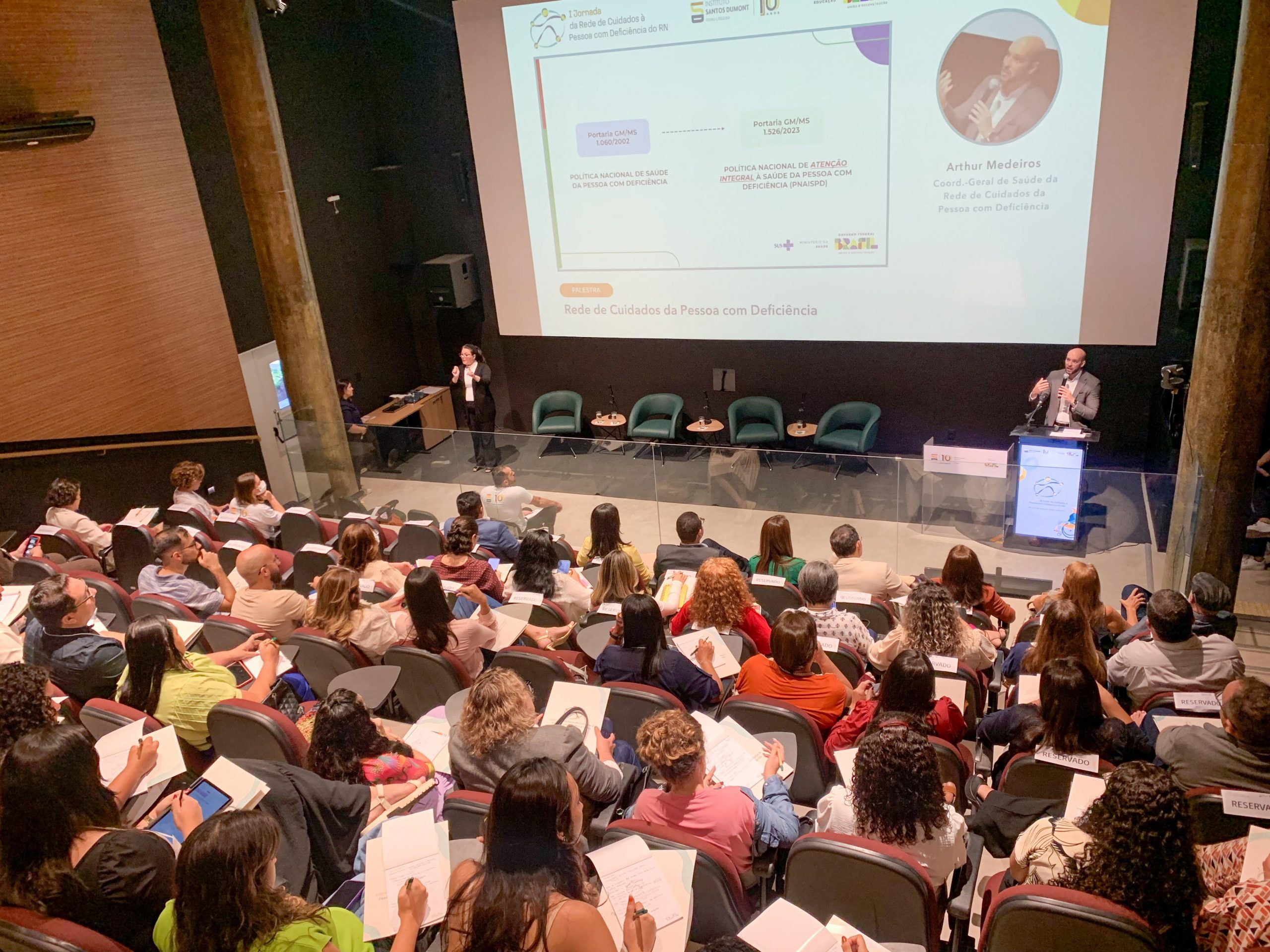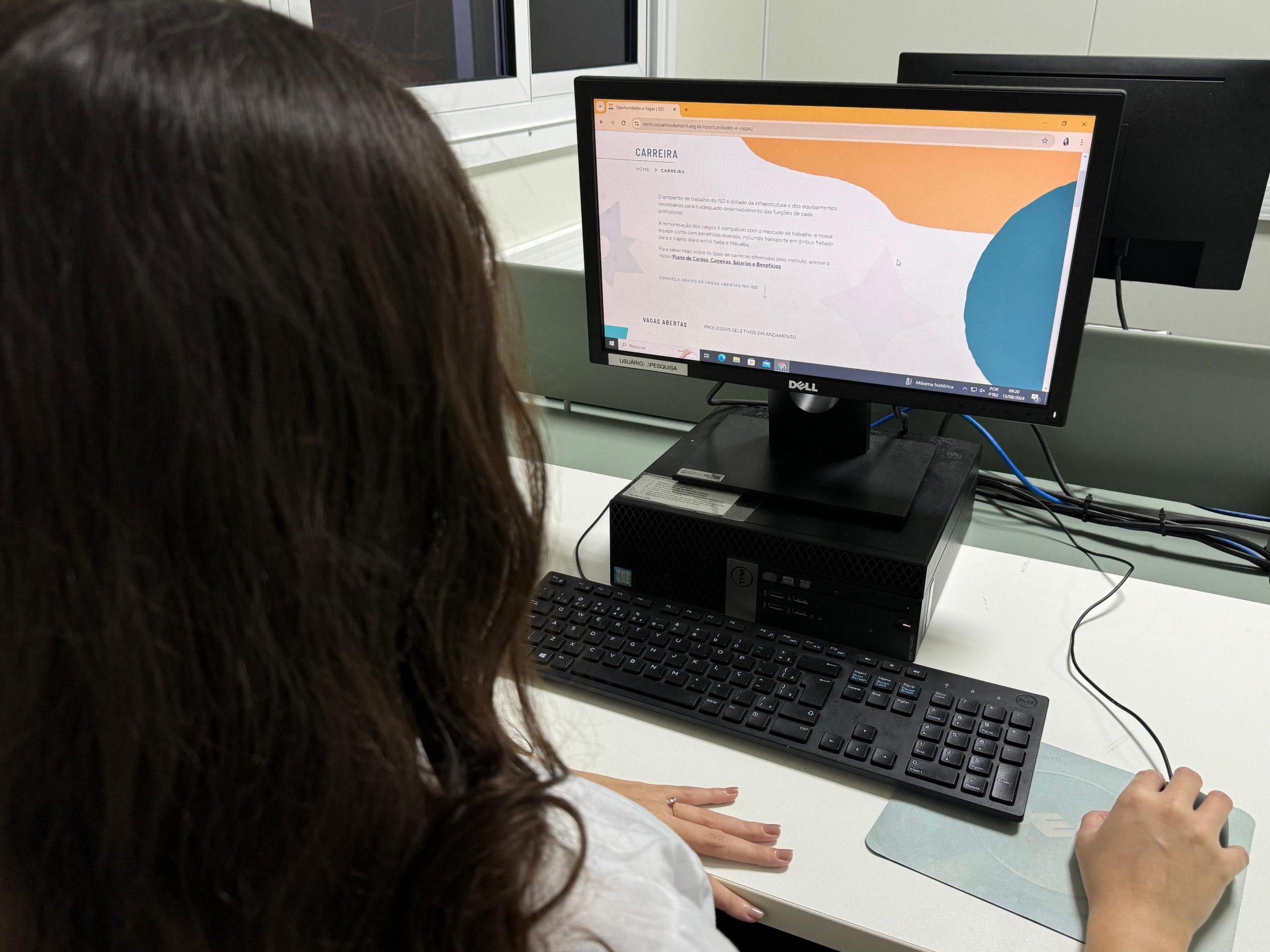The postdoctoral researcher at the Santos Dumont Institute (ISD), Nelyane Martins de Santana, has begun a new phase in her academic training. She will carry out part of her postdoctoral internship at the University of the Witwatersrand, located in Johannesburg, South Africa. There, she will investigate areas of the brain using animal models native to the continent, connecting intercontinental perspectives to her work carried out in Brazil and contributing to innovations in neuroscience research.
The study period began on Monday, December 2, and will last five months. During this period, Nelyane will work on the morphological description of the striatum, a region of the brain associated with motor control, using the South African mole rat (Cryptomys hottentotus) as a basis.
According to the researcher, understanding the organization of brain areas in groups of rodents native to another continent can be a strong ally for scientific research using animal models. “A relevant example is the study of aging,” she explains, “considering that the South African mole rat, when compared to other rodents, is a long-lived animal, reaching up to 11 years of age.”
“Most scientific production in Neuroscience is based on research with animals kept in highly controlled environments, far from natural evolutionary pressures. Several researchers suggest that this practice can cause gaps in the understanding of the evolution of the brain and its responses to different environmental pressures,” adds Nelyane Santana.
The research is part of the project “Cytoarchitectonic and Neurochemical Characterization of Subcortical Centers of Rodent Brains: An Intercontinental Comparative Analysis”, coordinated by Professor Dr. José Rodolfo Cavalcanti, from the State University of Rio Grande do Norte (UERN), with the participation of Professor Paul Manger, international partner of the project.
PhD and Master in Psychobiology from the Federal University of Rio Grande do Norte (UFRN), Nelyane Santana has experience in morphofunctional sciences and neurophysiology, with main focus on the themes of development and aging of the nervous system, comparative neuroanatomy of image-forming and non-image-forming systems and stereology.
His personal work in South Africa will focus on characterizing the corticothalamic pathways of visual processing in non-human primate species, also native to the region. Investigating these pathways contributes to expanding knowledge about the evolution and functionality of neural circuits associated with vision, with potential applications in the study of visual diseases.
“This internship represents a unique opportunity to integrate intercontinental comparative approaches in Neuroscience, promoting advances in both the anatomical and functional characterization of subcortical structures and the potential validation of new animal models,” says Nelyane.
ABOUT ISD
The Santos Dumont Institute is a Social Organization linked to the Ministry of Education (MEC) and includes the Edmond and Lily Safra International Neuroscience Institute and the Anita Garibaldi Health Education and Research Center, both in Macaíba. ISD's mission is to promote education for life, forming citizens through integrated teaching, research and extension actions, in addition to contributing to a fairer and more humane transformation of Brazilian social reality.















